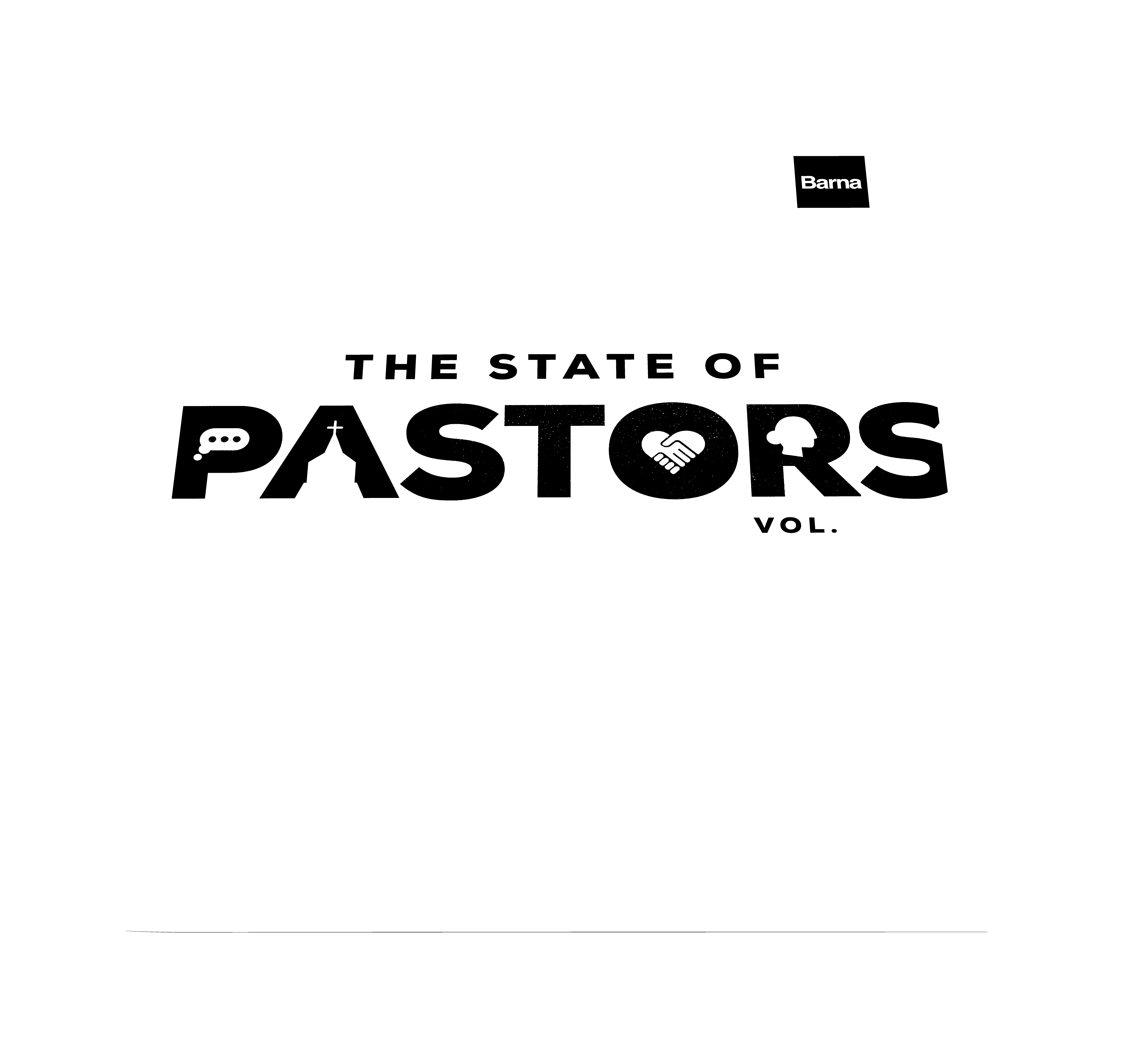
Costumed skits, scavenger hunts on the lawn, puppet shows and safari-themed snacks and sing-a-longs—it’s either the best birthday party a kid could ask for or the free kids’ program the church down the street puts on every summer. For many kids in America, summer means Vacation Bible School, or VBS. But it’s not just fun and games. Today, these kids might be gluing popsicle sticks together in a church classroom, but in the near future, these will be the next wave of emerging adults on the Church’s doorstep—deciding whether to step in or out for a lifetime.
Your Leadership Toolkit
Strengthen your message, train your team and grow your church with cultural insights and practical resources, all in one place.
Since as early as the 1870s, children’s summer Bible programs have committed their efforts to one goal: the spiritual development of children, who will hopefully grow into spiritually developed adults. In fact, previous Barna research indicates nearly half of all Americans who accept Jesus Christ as their savior do so before reaching the age of 13 (43%), and that two out of three born again Christians (64%) made that commitment to Christ before their 18th birthday. Additionally, the trajectory for a person’s lifetime habits and behaviors—including spiritual behaviors—are often set in childhood, an idea explored in George Barna’s book, Transforming Children into Spiritual Champions.
Nine out of 10 pastors today indicate their church offers some sort of Sunday school program, so many children in the church are receiving an intentional spiritual education today. But what about all that free time during the summer? And how about children outside of the church? That’s where VBS comes in.
Who Offered VBS in 2012
According to a Barna study commissioned by Gospel Light, more than two out of three churches in America (68%) offered VBS last summer. In recent years, this level of involvement has remained fairly stable. However, it’s slightly lower than the high of 81% of American churches in 1997.
The churches that do run VBS programs, however, often share several characteristics.

Characteristics of Churches That Offer VBS
Christians know it today as VBS, but in 1898, Walker Aylette Hawes of Epiphany Baptist Church in New York City simply saw it as a way to get children off the streets during the summer. So she rented a beer hall—the only space available she could find—began a summer Bible program and called it Everyday Bible School.
So today, it’s perhaps not surprising that Baptist churches remain the top denomination to host VBS each summer. In fact, nine out of 10 Southern Baptist churches hosted VBS in 2012, which speaks to both the denominational and geographic trends of VBS. The South hosts more VBS programs than any other area of the country—nearly three-quarters of all Southern churches. While in comparison, only about half of churches in the West offered VBS last year.
Apart from denomination, churches that most commonly put on a VBS program are simply larger than other congregations—in terms of both financial means and congregation size.
First of all, a church’s budget plays a key role in its VBS involvement. Churches with annual budgets of $500,000 or more are more likely (91%) to offer VBS than churches with annual budgets of $150,000 or less (56%). This trend is in keeping with the practical costs of VBS in terms of curriculum resources, snacks, craft materials and more, and the reality that VBS is typically a free (or very low cost) program for participants.
In terms of congregation size, larger churches are more likely to host VBS programs.The most common congregation size associated with VBS is churches with 250 or more adult worship attenders (86%), suggesting a larger pool of both VBS-aged children and VBS volunteer adults, and therefore, a greater supply and demand.
This is confirmed by considering the opposite end of the spectrum. Among churches that did not offer VBS last summer, the most common reason—cited by three in 10 pastors—is that they did not have enough adult volunteers to lead the program. The second most common reason, cited by one-quarter of churches who did not offer VBS, is that they don’t have enough children among the congregation.
Lastly, the age of senior pastors is also a common denominator in VBS involvement. Out of any other age group, Buster pastors, ages 30-48 (76%), have the highest involvement in VBS programs, perhaps since this is the age pastors may have VBS-aged children themselves.

VBS Then and Now
In recent years, Christians have been somewhat anxious about the continued tradition of VBS. And while the national offering of VBS has dipped slightly since 1997, when eight out of 10 churches were hosting VBS, six to seven out of 10 churches has been the steady rate since then. Such consistency indicates the summer spiritual education of children isn’t going away anytime soon.
Other factors, however, have changed over the years. In addition to financial cost, for example, churches today are increasingly considering the time investment VBS programs require—and what other pressing needs or problems might take a backseat due to such a time investment. From prayer groups to Bible studies to leadership meetings and community outreach, many churches today have events every weeknight. And to add a summer children’s program into the mix—in the midst of summer’s already unstable attendance—is a practical consideration.
Churches are busy, as are their prospective VBS attendees and volunteers, and the numbers suggest they’re not slowing down. In 2001, only 5% of churches who did not offer VBS stated their reason as not having enough time, or wanting to devote such time to more pressing needs. In 2005, this number of time-pressed churches more than doubled (13%), and nearly quadrupled just last summer (19%).
What are the most time-crunched churches when it comes to VBS? African American congregations (18%) and Charismatic churches (18%). But busyness doesn’t necessarily mean children’s ministry isn’t happening. In fact, one out of five churches who didn’t run VBS programs last summer stated they opted out because they already offer other kids’ activities—up from a mere 1% of churches who said the same in 2001.

What the Research Means
Clint Jenkin, PhD., vice president of research at Barna Group, commented on the findings. He offered three perspectives for church leaders on the study:
“VBS remains a key way for churches to minister to their community—and not just to the kids, but to the parents as well,” Jenkin says. “And VBS isn’t just summer Sunday school. It can be more focused on unchurched families and offer a more intensive program that allows for greater flexibility in content and delivery. Plus, it should be fun! It’s summer after all. One of the key ingredients in childhood is unstructured play. To the extent churches can provide this along with spiritual teaching, they are performing a valuable social function for the children in their neighborhood.
“VBS is also an opportunity to engage young adults in service,” Jenkin continues. “So many young adults lose their connection with a local church because they feel underutilized. Churches can give key VBS volunteer roles to young adults and college kids in their congregations. Colleges (or even large churches) could sponsor teams to travel the country and host VBS for churches that cannot afford or staff their own. Using young people as servants and not just consumers is an important way of establishing a faith that lasts.
“Finally, an effective VBS needs to have specific objectives,” Jenkin says. “Is it ‘conversions’ or new church members? Is it new long-term relationships with kids and families or an increased awareness of the church in its community? Churches need to determine their own objectives and structure their VBS accordingly—not just do VBS because ‘it’s always been done‘—but to have goals in mind. One thing that has been missing from VBS is a way to identify the elements of success. Cooperation with other churches or effective debrief afterward—to establish ‘VBS best practices’—could greatly enhance the efficacy of this type of program among American churches and families.”
Twitter: @barnagroup
Facebook: Barna Group

About the Study
This report is based upon a nationwide, random sample of 602 senior pastors of Protestant churches throughout the continental United States. The study was conducted via telephone interviews from September 24, 2012 to October 5, 2012. The maximum margin of sampling error associated with each aggregate sample is ±4.0 percentage points at the 95% confidence level. Minimal statistical weighting was used to calibrate the aggregate sample to known population percentages in relation to regional and denominational variables.
The research was commissioned by Gospel Light www.gospellight.com, a Sunday school and VBS curriculum publisher based in Ventura, California.
About Barna
Since 1984, Barna Group has conducted more than two million interviews over the course of thousands of studies and has become a go-to source for insights about faith, culture, leadership, vocation and generations. Barna is a private, non-partisan, for-profit organization.
Get Barna in Your Inbox
Subscribe to Barna’s free newsletters for the latest data and insights to navigate today’s most complex issues.




